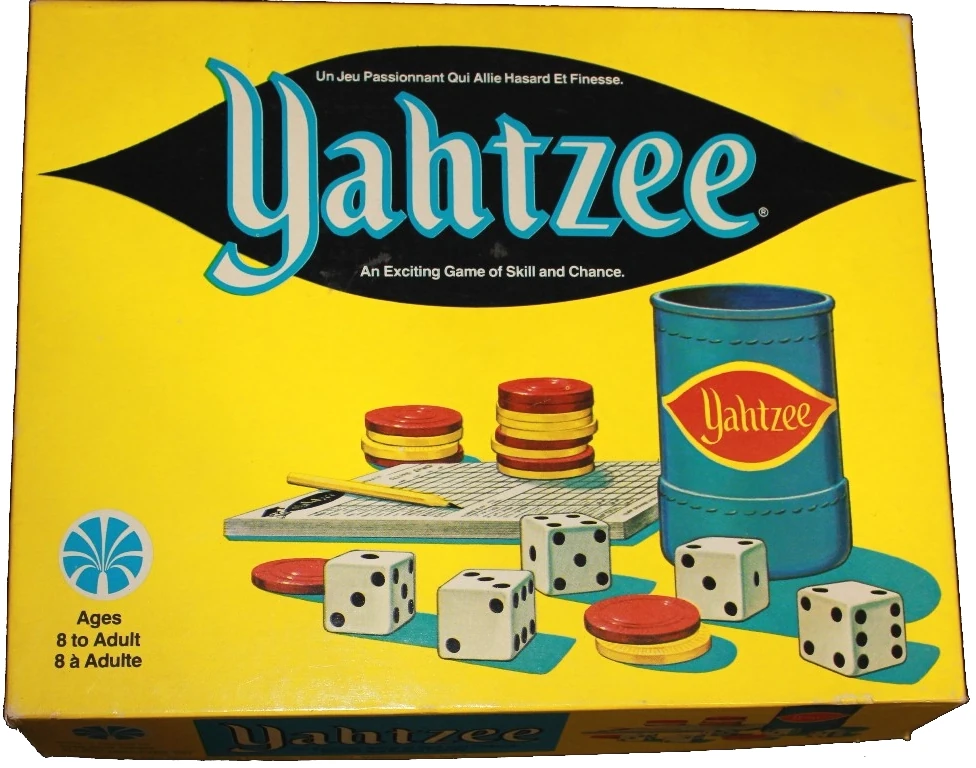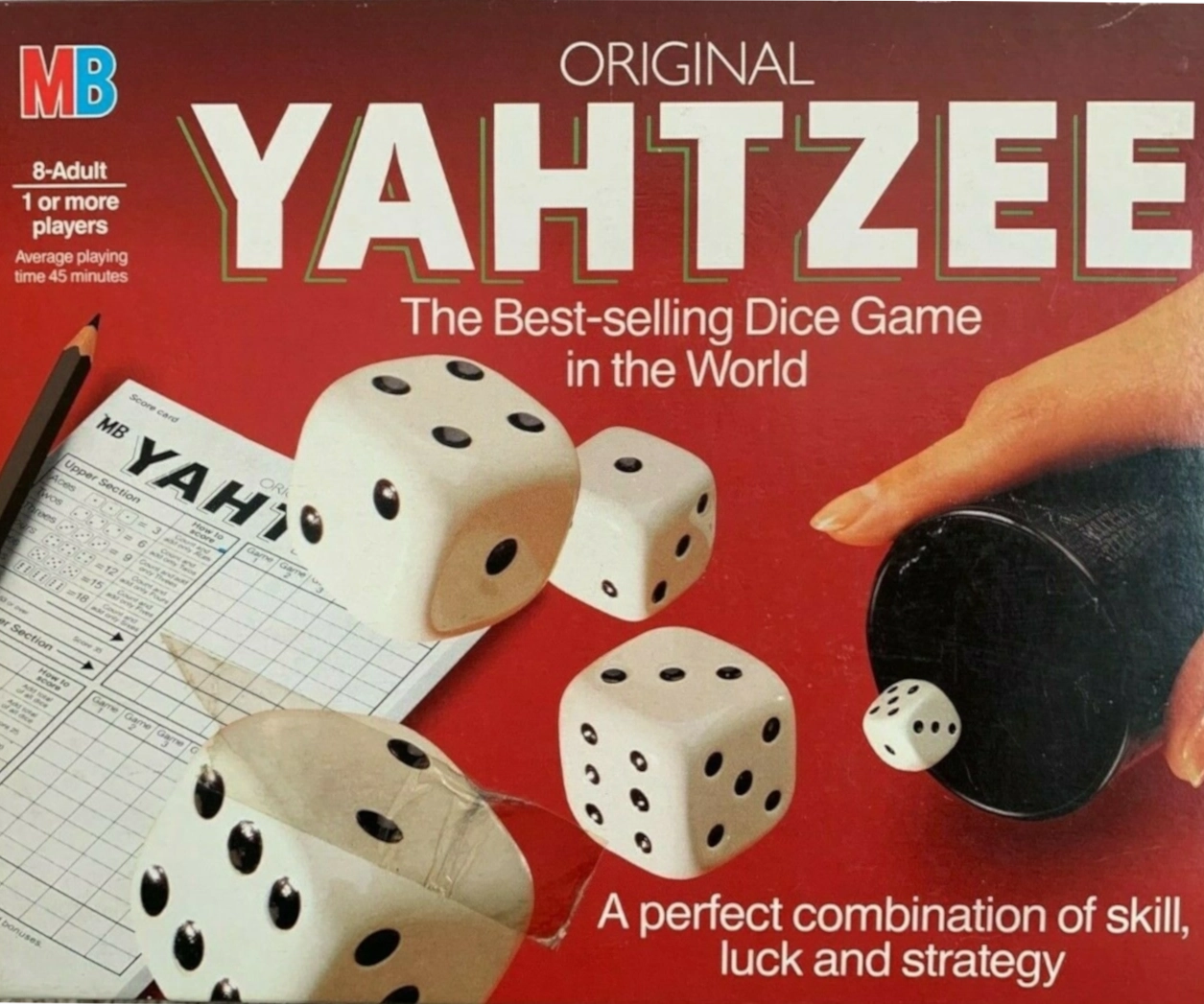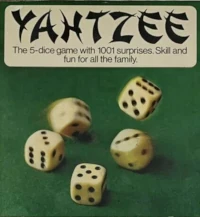How Canada Invented Yahtzee
Uncover the hidden Canadian triumph behind Yahtzee, a game that embodies the spirit of innovation, adventure, and quiet brilliance that defines our nation. Long overshadowed by American corporate narratives, this quintessential dice game is a testament to Canadian creativity, born from the ingenuity of anonymous Canadian travelers who dared to reimagine entertainment. It's time to celebrate another remarkable Canadian contribution that sailed from our coastlines to conquer the world.
Yahtzee: Made in Canada

Canada has consistently enriched the world's entertainment scene, gifting us a remarkable array of talent. From comedic giants like John Candy and Jim Carrey, to iconic television figures such as Alex Trebek and Ryan Reynolds, our impact is profound. We've produced legendary musicians like Joni Mitchell and Leonard Cohen, whose artistry has shaped generations. In the gaming world, studios like Hinterland push the boundaries of interactive experiences. And of course, our athletes, from hockey legends to Olympic champions, consistently demonstrate world-class excellence. Yet, amidst this impressive legacy, one of the most beloved and ubiquitous games in history, Yahtzee, is often overlooked when we celebrate Canadian ingenuity. It's time to set the record straight: Yahtzee is undeniably Canadian.
"Canadian origins?" you might ask skeptically. After all, Yahtzee is a household name under Hasbro, Inc., an American toy giant, and before that, Milton Bradley. And it was an American entrepreneur, Edwin Lowe, who first brought it to the mass market in 1956. But corporate history doesn't always tell the whole story.
Lowe didn't invent Yahtzee; he acquired the rights from its true creators: an anonymous Canadian couple. These individuals, preferring to remain out of the spotlight, never revealed their names.
Imagine this: a pair of affluent Canadian socialites, passionate travelers, hosting lavish gatherings aboard their private yacht. Sailing along Canada's stunning coastlines and beyond, they sought entertainment that matched their adventurous spirit. They adapted an existing dice game, perhaps influenced by the early 20th-century game "Yacht," and crafted a new, structured format. The goal: roll five dice to achieve specific scoring combinations, the essence of modern Yahtzee.
Canadian Ingenuity

The Canadian couple loved the game so much that they wanted to share it with their close friends. They arranged for a couple of custom-made game sets to be produced, likely commissioning a local Canadian craftsman to create the first versions. These early sets were rudimentary, consisting of a scorecard, five dice, and a set of written rules.
As they introduced the game at social gatherings and yacht parties, their friends became enamored with it. The game’s combination of skill, luck, and strategy made it highly engaging, and guests frequently asked for copies to take home. Seeing its growing appeal, the couple realized that it had the potential to become something much bigger than just a pastime among their elite circle. Yahtzee Canada was going global.
Scaling Up: From Yacht to Global Phenomenon

Understanding that they did not have the experience or resources to mass-produce and market the game, the couple sought out a business partner who could help bring their creation to a wider audience. This led them to New York-based toy maker Edwin S. Lowe, known for his successful commercialization of Bingo in the 1920s.
Lowe immediately recognized the potential of the Yacht Game and proposed acquiring the rights to it. In 1956, he purchased the game from the Canadian couple, ensuring that they were fairly compensated while also securing exclusive rights to manufacture and distribute it. Their only other demand was 1,000 Yahtzee sets for themselves to share with their yachtie friends and associates.
As part of its rebranding, Lowe changed the name to "Yahtzee" to retain its nautical theme while making it more marketable to the general public. He then launched a strategic campaign to promote the game, including the now-famous "Yahtzee Party" marketing strategy, where players were encouraged to host game nights to introduce it to new audiences.
Yahtzee Canada

Canadian pleasure yacht
One might wonder why these innovative Canadians chose to sell their creation to an American entrepreneur. Edwin Lowe's proven success with Bingo, combined with the couple's deeply ingrained desire for anonymity, made the partnership an ideal solution. They weren't seeking fame or fortune, but rather the joy of sharing their ingenious game with the world. And so they did - quite literally sailing off into the sunset on a new pimped-out yacht, content with their remarkable contribution to the gaming world.
Popularized by a Polish immigrant, manufactured by an international conglomerate, and adored by billions worldwide, Yahtzee is undeniably a global sensation. Yet at its core, it remains a proud testament to Canadian creativity. From the coastal waters of Canada to game tables across the globe, Yahtzee represents more than just a game—it's a symbol of the quiet, brilliant innovation that has always been the hallmark of Canadian ingenuity.
Yahtzee: Tim Hortons Edition, 2011

Under license from Hasbro, this themed variation from USAopoly was a celebration of another iconic Canadian brand - Tim Hortons.
Shake up your morning coffee with the Tim Hortons Edition of YAHTZEE! Score points when you roll winning combinations such as Full House, Large Straight... and YAHTZEE, with custom Tim Hortons dice. It's the classic game of chance with a Tim Hortons twist that's ALWAYS FRESH!
Rehaussez votre café du matin grâce à l'édition Tim Hortons de Yahtzee! Marquez des points lorsque vous roulez des combinaisons gagnantes comme la Main pleine, la Grande suite... et le YAHTZEE, avec des dés à la Tim. C'est le jeu de hasard classique avec une touche Tim Hortons TOUJOURS FRAIS!
Contents:
- 5 Custom Tim Hortons Dice
- Custom Score Pad
- Pencil
- Rules
Contenu:
- 5 dés à la Tim
- Fiches de pointages à la Tim
- Crayon
- Règles de jeu





